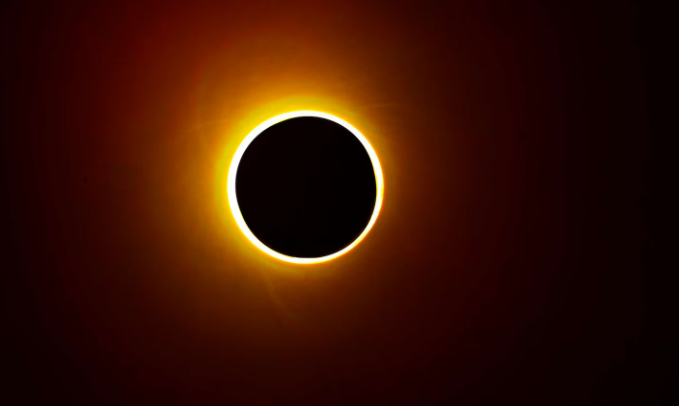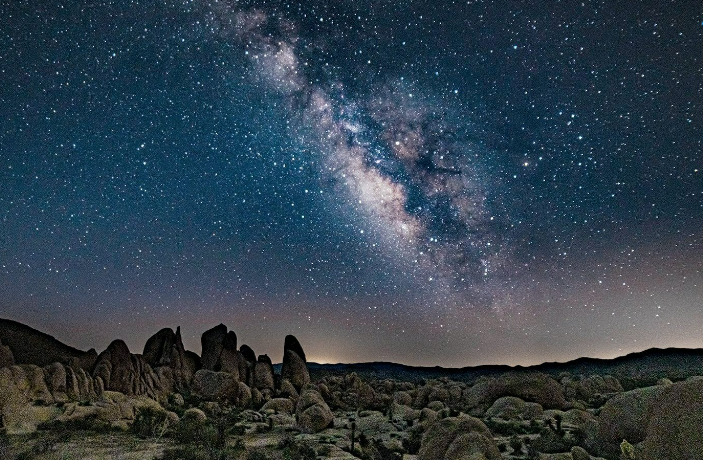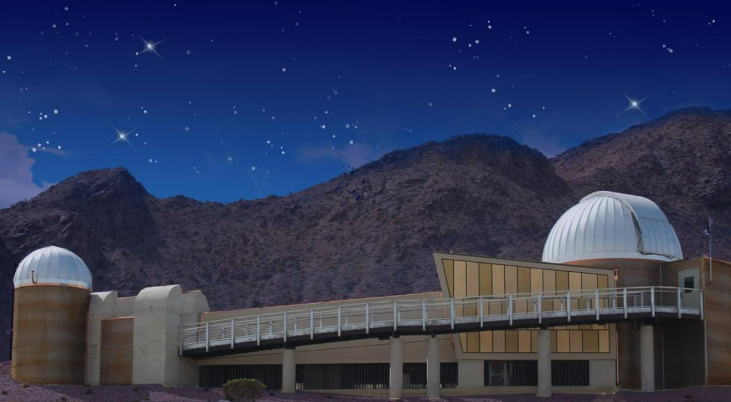Guide to the Solar Eclipse: Viewing Tips and Updated Forecast

Eclipse Forecast and Safety Measures
According to Timeanddate.com, the partial eclipse in California will begin around 10:03 a.m., reaching its peak at approximately 11:15 a.m., and concluding by 12:31 p.m.
Total solar eclipses typically last between 10 seconds to about 7.5 minutes, with the longest one on record slated for July 16, 2186, lasting 7 minutes and 29 seconds.
Concerns about cloud cover obscuring the eclipse in the Palm Springs area have eased, with meteorologists forecasting partly cloudy skies. Mark Moede from the National Weather Service in San Diego reassures that there should be sufficient clarity for viewing.
It’s crucial to ensure your safety while observing the eclipse. Use eclipse glasses certified by the American Astronomical Society with the ISO reference number 12312-2. Avoid looking directly at the sun without proper protection.
During totality, when the moon completely covers the sun, animals may exhibit unusual behavior, such as nocturnal creatures becoming active and birds falling silent.
Viewing the Solar Eclipse
The eagerly awaited total solar eclipse is set to grace the skies above the U.S. on Monday, April 8, at midday.
While most Americans will catch a glimpse of this celestial event, the degree to which the sun will be obscured by the moon depends on your proximity to the path of totality.
Residents of Southern California, including those in the Palm Springs area, will witness a partial eclipse, as the total eclipse will not be visible in this region.
To find out specific details for your location, including the time, duration, peak, and percentage of the eclipse, you can search your ZIP code or select a major city.
Where to Witness the Eclipse in the California Desert
Joshua Tree National Park:

Renowned for its breathtaking celestial displays, Joshua Tree National Park offers an ideal setting to witness the upcoming solar eclipse. With its vast expanse and clear skies, the park promises uninterrupted views of this rare astronomical phenomenon.
Visitors can enjoy the spectacle from various vantage points within the park, ensuring a memorable experience. Remember to use proper eclipse glasses to safeguard your eyes while marveling at nature’s grandeur.
Entry to the park requires a parking fee, which includes a standard entrance pass ranging from $15 to $30. For more details on passes, visit the National Park Service website.
Rancho Mirage Community Park:

The Rancho Mirage Public Library invites sky enthusiasts to witness the celestial spectacle as the moon crosses between Earth and the Sun. Join the event at Rancho Mirage Community Park, just a short stroll from the library.
The partial solar eclipse is scheduled to begin at 10:06 a.m., reaching its peak at 11:14 a.m., with the moon obscuring 53% of the sun’s disk. Attendees are advised to wear proper eye protection, and certified eclipse glasses will be available onsite courtesy of the observatory. Stay tuned for additional event details and giveaways closer to the date.
Exciting Addition: The Horned Devil Comet
As if the solar eclipse weren’t captivating enough, sky gazers on April 8 may be treated to another celestial marvel: the Horned Devil Comet. Also known as Comet 12P/Pons-Brooks, this comet earned its intriguing moniker following a notable outburst in July 2023.
Observers in the Northern Hemisphere may have the rare opportunity to spot the comet with the naked eye during the Great American Eclipse. Notable for its periodic eruptions of gas and dust, Comet 12P/Pons-Brooks was named after astronomers Jean-Louis Pons and William Robert Brooks.
Composed of ice and dust, comets exhibit long tails as they approach the sun, leaving behind a luminous trail spanning millions of miles. The distinct hornlike appearance of the comet’s coma, enveloping its nucleus, has captured the imagination of sky watchers.
While the solar eclipse commands attention, celestial enthusiasts can also admire other planetary and stellar phenomena as the moon temporarily blocks the sun’s radiant light.